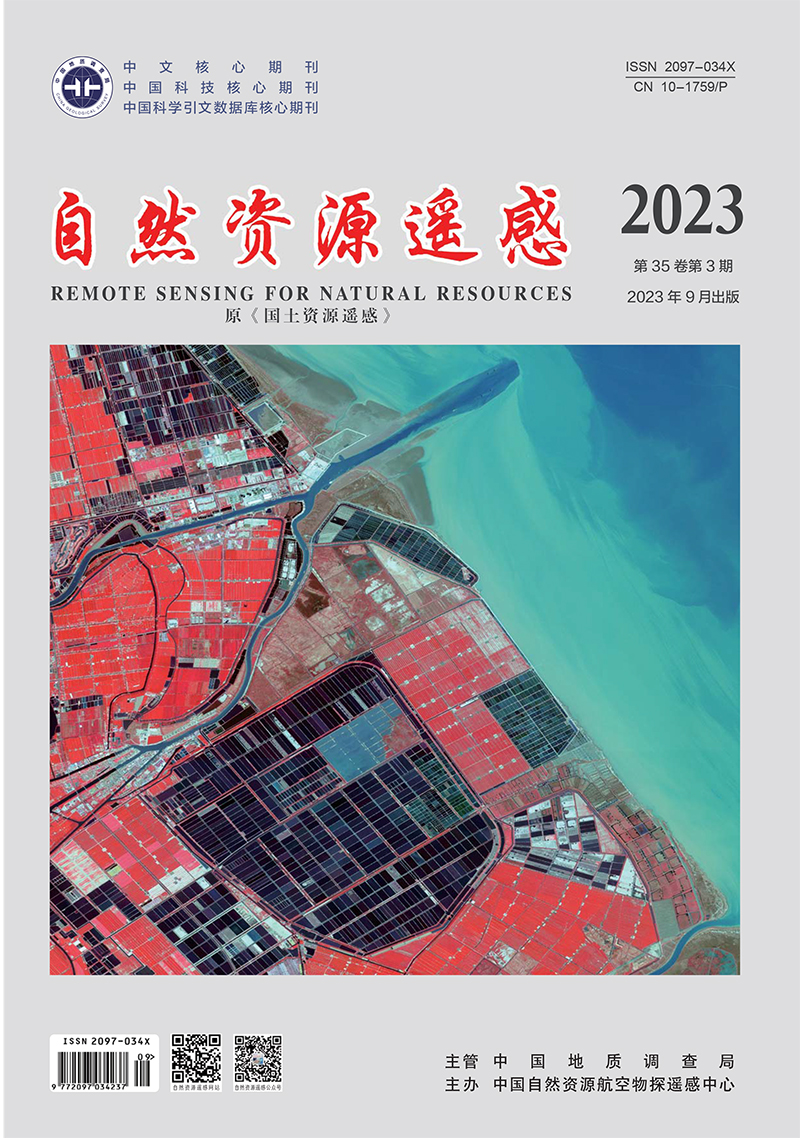LIU Li, DONG Xianmin, LIU Juan. 2023. A performance evaluation method for semantic segmentation models of remote sensing images considering surface features. Remote Sensing for Natural Resources, 35(3): 80-87. doi: 10.6046/zrzyyg.2022164
| Citation: |
LIU Li, DONG Xianmin, LIU Juan. 2023. A performance evaluation method for semantic segmentation models of remote sensing images considering surface features. Remote Sensing for Natural Resources, 35(3): 80-87. doi: 10.6046/zrzyyg.2022164
|
A performance evaluation method for semantic segmentation models of remote sensing images considering surface features
-
1. The Third Geographical Information Mapping Institute of Natural Resources Ministry, Chengdu 610100, China
-
;2. Key Laboratory on Digital Mapping and Land Information Application, Natural Resources Ministry, Chengdu 610100, China
More Information
-
Corresponding author:
DONG Xianmin
-
Abstract
Deep semantic segmentation has been widely applied in land monitoring and interpretation based on remote sensing images. However, existing quality evaluation methods cannot reflect the preserved spatial geometric features of semantic segmentation results. Based on the practical demand for remote sensing image interpretation, surveying, and mapping, this study proposed a method for the performance evaluation of semantic segmentation models for remote sensing images considering geoscience features: the connectivity similarity index (CSIM). From the perspective of the connectivity similarity of surface feature spots in remote sensing images, the CSIM method embedded the surface features into the performance evaluation system of semantic segmentation models. The CSIM method allows for quantitatively evaluating the connectivity similarity of spots between the semantic segmentation results of remote sensing images and the actual sample labels, thus accurately describing the preserved spot integrity in the predicted classification results. Therefore, the CSIM method can objectively determine the applicability of a pre-training model to remote sensing image interpretation in surveying and mapping production. As substantiated by a lot of practice, the CSIM method can monitor and control the model training in real time, effectively guide the selection of the optimal pre-training model, and accurately evaluate the quality of remote sensing image interpretation results considering geoscience features. Therefore, the CSIM method is critical for deep-learning-enabled remote sensing image interpretation, surveying, and mapping.
-

-
-
Access History







 DownLoad:
DownLoad: